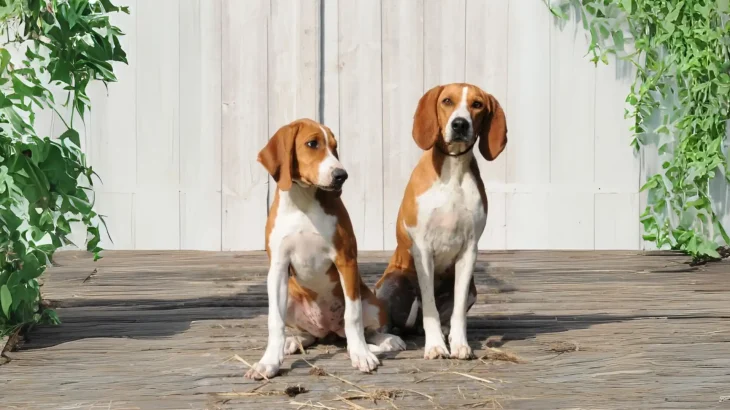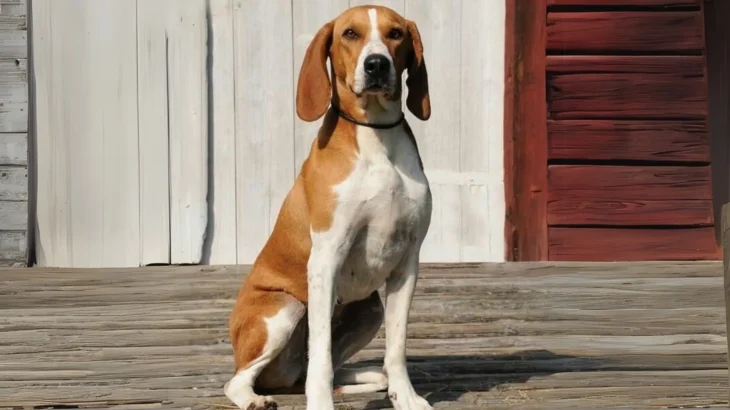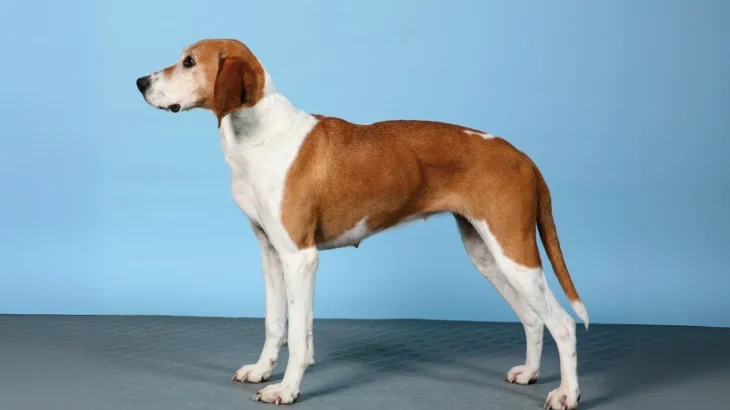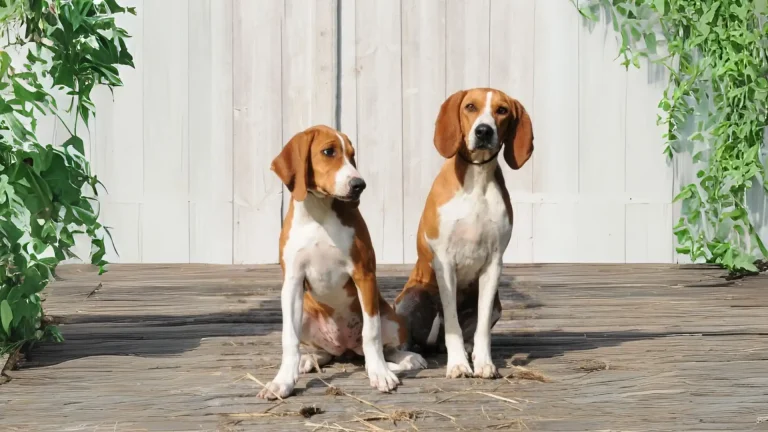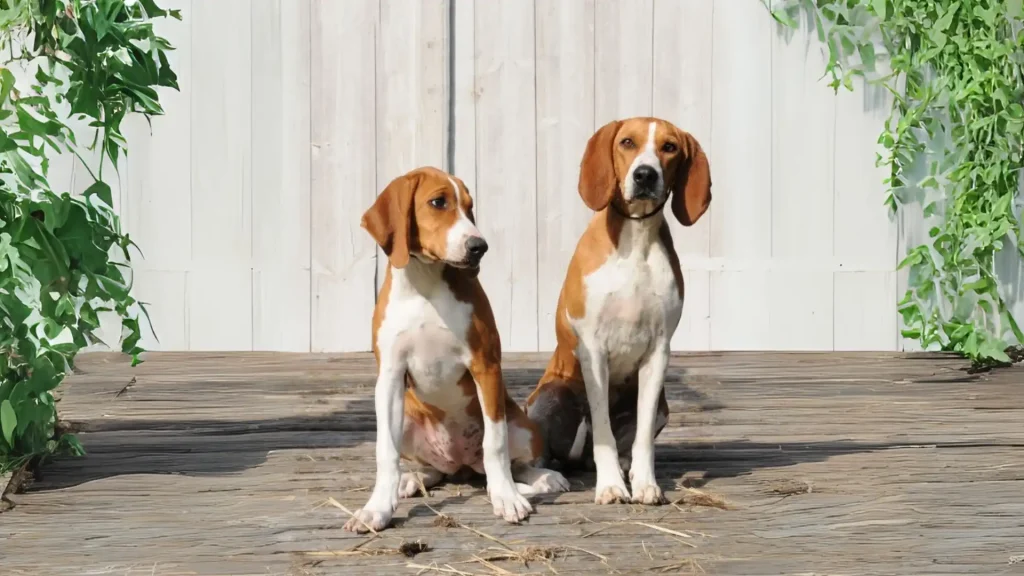Deciding between adopting or purchasing a Dog breed Hygenhund puppy depends largely on your priorities around health transparency, cost, and ethical sourcing. Purchasing from a breeder usually offers detailed health and pedigree information, while adoption may give you a chance to provide a loving home to a dog in need, albeit with less background detail.
| Criteria | Buying from Breeder | Adopting from Shelter/Rescue |
|---|---|---|
| Cost | Typically higher upfront cost due to pedigree and breeding expenses. | Lower fees, often including vaccinations and spaying/neutering. |
| Health History | Comprehensive health records and genetic screenings are usually provided. | Health history may be limited or unknown, though basic health checks are generally performed. |
| Age Availability | Mostly young puppies available, allowing early bonding and training. | Wide range of ages available, including adult dogs ready for immediate companionship. |
| Temperament Insight | Breeders can offer insights based on lineage and early temperament assessments. | Shelter staff can share behavioral observations, though background may be incomplete. |
| Supporting Practices | Supports responsible breeding programs when choosing ethical breeders. | Contributes to animal welfare by giving homes to dogs who need them. |
| Breed Purity & Pedigree | Generally guarantees breed purity with documented pedigree. | Breed purity and lineage often not guaranteed or documented. |

